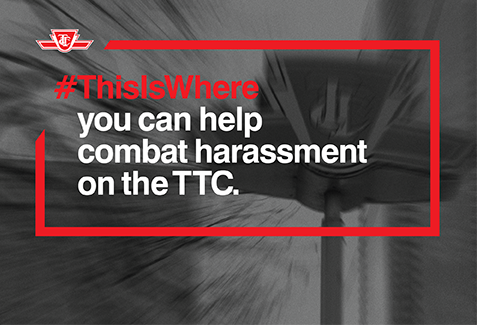The #MeToo movement is still picking up momentum, which is a great thing, years after women started sharing similar stories and engaging in mutual support against sexual harassment and unwanted sexual attention.
It’s hard to believe that #MeToo was started back in 2006 by Tarana Burke on the internet (My Space) as a means of “empowerment through empathy” among women of color who have experienced sexual abuse, particularly within underprivileged communities.
Women have been supporting women long before the hashtag came about, but the internet has led to new ways of connecting with one another and providing support to our sisters; or even as a way for allies to act in solidarity when someone shares a #MeToo moment where they felt vulnerable.
Tarana Burke is a blogger and women’s advocate who wanted to spread a healing message to survivors of sexual harassment and trauma.
Building upon this movement, Alyssa Milano’s tweet brought a new level of sharing our own personal #MeToo moments, and we have been running with it ever since.
It’s nice to see #MeToo is up there with other important social and political hashtag and real life movements such as #IdleNoMore and #HandsUpDontShoot.
Now a new social media tool has arrived to help promote women’s safety and shared experiences.
In Toronto specifically, the TTC (Toronto Transit Commission) is stepping up to make our collective journeys safer.
It’s like the TTC heard us and responded in kind with a bold, new social premise that brings to light the sometimes awful experience of unwanted sexual attention when you’re just trying to get home for the night.
Along with bringing our Toronto-collective attention to sexual harassment, it also targets racism and homophobia while riding the TTC.
The initiative is dubbed “This Is Where…” and includes posters placed on vehicles and in stations, as well as a website and social media campaign.
#ThisIsWhere…people are sharing their stories.
Subway posters outline some examples such as: This Is Where Emily looked to avoid the eye contact of the man who just won’t leave her alone.
The TTC has launched a website specifically for the #ThisIsWhere campaign. They include stories of people who have been affected by harassment.
Examples include, “#ThisIsWhere Em and Lisa were attacked for their sexuality… Em and Lisa were coming home from a party. It was late and the subway was mostly empty. The couple were sitting together, holding hands and chatting quietly when a man started to scream at them and said, “I bet I could turn you straight.” The women did what they had done so many times before: they got up and moved, never for a moment losing their grasp on each other. No one should have to experience this. Crime and harassment on the TTC will not be tolerated.”
Along with the launch of the #ThisIsWhere campaign, the TTC also rolled out a new mobile app for smartphones called SafeTTC. The platform allows transit users to report harassment and other safety issues. You can use it to report an incident and even call 911 if need be.
The website also offers suggestions for further help and support if needed, including links to Kids Help Phone and the anti-racism resource centre.
Kudos to the TTC for bringing these resources online.
Image: TTC
Like this article? Please chip in to keep stories like these coming.




